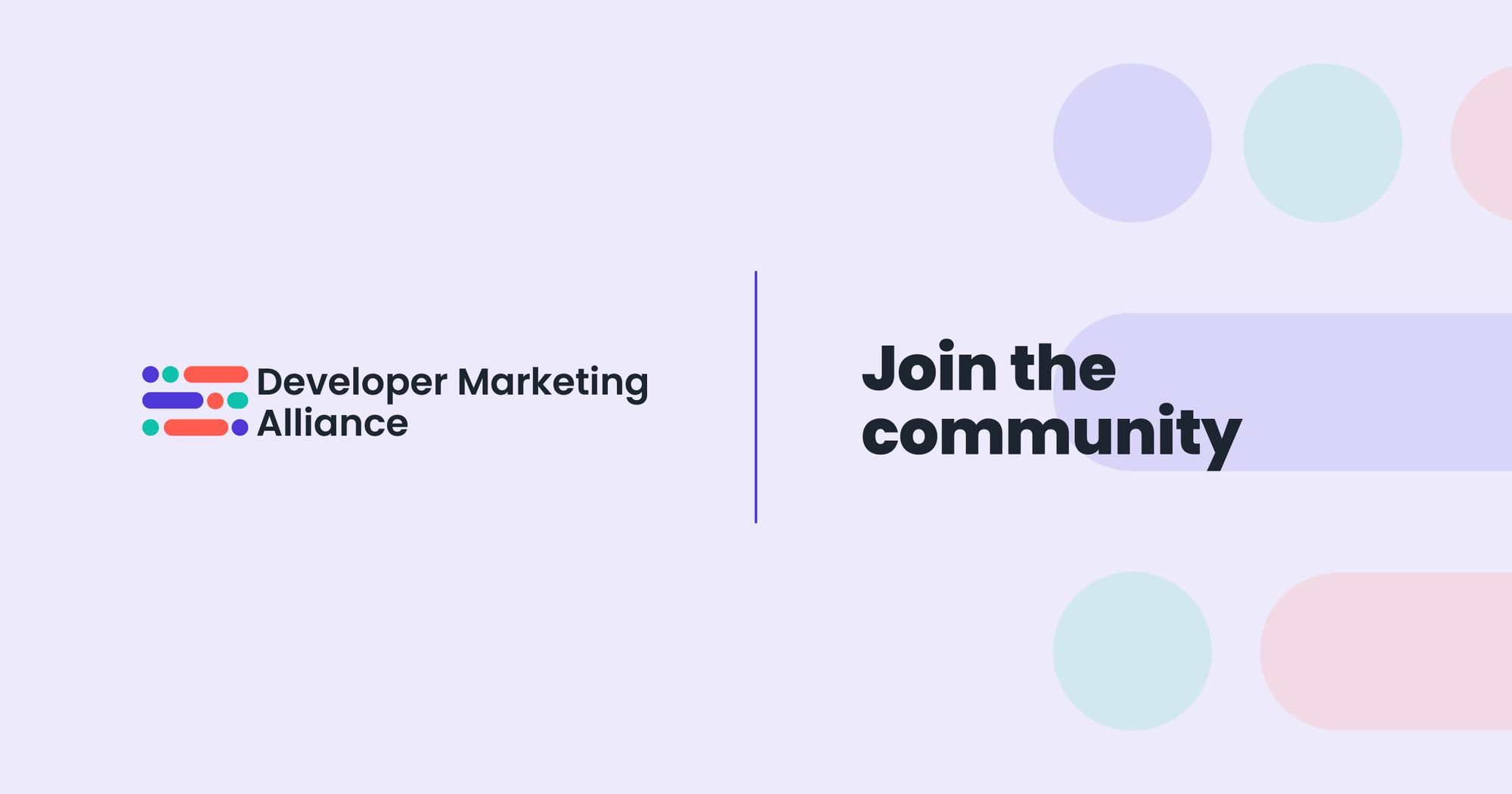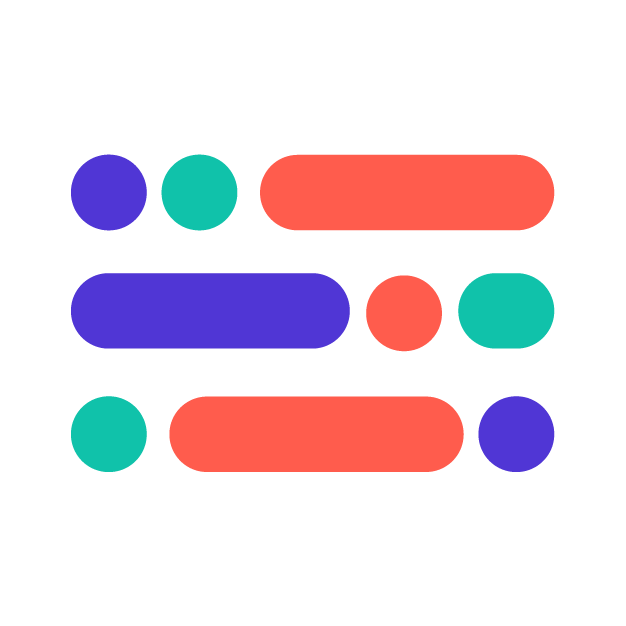Have you wondered how OpenAI marketed its ChatGPT API to developers? According to analysts, ChatGPT reached 100 million users two months after launch, and devs were part of that figure. Considering they’re a tough nut to crack, it’s clear OpenAI did everything right.
This case study aims to show how the ChatGPT API was marketed and the lessons you can learn from the company. It’ll cover the following topics:
- Does ChatGPT have an API?
- Overall ChatGPT marketing
- ChatGPT API: marketing to developers
- B2D marketing: key takeaways you can apply in your campaign
Does ChatGPT have an API?
Yes, ChatGPT has an API that allows developers to access and integrate the AI language model into their own applications and platforms. This is important to clarify, as many people may not be aware of this API and what it looks like.
To make a long story short, OpenAI, the developer of ChatGPT, created an API that can be used to generate human-like text based on the given input text.
The ChatGPT API allows developers to customize the language model according to their specific needs and requirements, such as adjusting the length and style of the generated text.
This flexibility makes it a powerful tool for a wide range of natural language processing tasks, including chatbots, language translation, and content generation.
Is ChatGPT an open API?
If you’re wondering whether ChatGPT is an open API, the answer is a resounding no! OpenAI controls access to the API and requires devs to create an account so they can obtain a key to be able to use the tool in the first place.
However, the company does provide a sandbox environment where developers can experiment with the API and test their applications before deploying them.
So, how did developers start using the ChatGPT API?
As mentioned, to use the ChatGPT API, developers signed up for an API key and familiarized themselves with the API documentation, which provides detailed information on how to use the API, the available endpoints, and the supported parameters.
Once they obtained the API key, developers could then integrate the ChatGPT API into their own applications and platforms. You can learn more on their website.
ChatGPT-3 vs 4
ChatGPT has undergone several iterations and improvements over time. One of the main differences between ChatGPT-3 vs 4 is that ChatGPT-4 can understand images, as it’s a multimodal version.
Other differences include:
ChatGPT-4 has been trained on a larger and more diverse set of data that includes both web text and Common Crawl.
This resulted in improved accuracy and faster processing speed for ChatGPT-4. Additionally, ChatGPT-4 has improved multilingual support, making it more effective for generating human-like text in multiple languages.
Both ChatGPT-3 and ChatGPT-4 offer fine-tuning options, which allows users to customize and adapt the models for specific use cases. However, ChatGPT-4's smaller parameter size makes it more efficient and easier to fine-tune.
ChatGPT API price
To get all pricing options, you can check the ChatGPT API price page. In the meantime, if you’re interested in the ChatGPT Plus subscription, you’re looking at $20/month.
The price for the API varies based on usage and the specific needs of the user. OpenAI’s pricing model is based on the number of API requests made per month, with different pricing tiers depending on the number of requests and the length of the generated text.
OpenAI provides a free trial with a limited number of API requests, allowing users to test the API and evaluate its capabilities before committing to a paid plan. Beyond the free trial, users can choose a plan based on their usage needs and budget.
It's important to note that the pricing for the ChatGPT API may be subject to change, as OpenAI continues to develop and enhance the technology.
Overall ChatGPT marketing
No, we’re not talking about ChatGPT prompts for marketing, though those have certainly become popular among marketers looking to save time! In this case, when we say ChatGPT marketing, we mean the tactics and strategies OpenAI used to get the word out about their tool.
The tool seemingly exploded into the scene one day – but how did that happen?
As an AI language model developed by OpenAI, ChatGPT was marketed primarily through digital marketing channels, including social media, online forums, and other online communities where people are interested in AI and language processing technologies.
OpenAI leveraged its brand recognition and reputation for developing advanced AI technologies to promote ChatGPT to a wider audience. They used content marketing to provide educational materials and articles that explained the technology behind ChatGPT, its potential use cases, and its benefits for businesses and individuals.
OpenAI also collaborated with influencers and experts in the AI industry to increase awareness of ChatGPT and generate buzz around the technology. They participated in industry events, conferences, and trade shows to showcase the capabilities of ChatGPT and demonstrate its value to potential customers.
In addition to these efforts, OpenAI also used targeted digital advertising campaigns to reach potential customers and generate leads for their sales team. They optimized their website and other digital properties for search engines, making it easier for interested individuals to find information about ChatGPT online.
ChatGPT API: marketing to developers
When it comes specifically to the developer persona, did OpenAI do anything different to market ChatGPT to devs? If so, what lessons can you learn from them that you can apply in your own developer marketing?
Overall, OpenAI employed a targeted approach that focused on the technical capabilities of the AI language model and its potential use cases for developers.
Content for developers
OpenAI created educational materials, blog posts, and technical documentation that highlighted the features and benefits of ChatGPT for developers. They provide an API overview you can explore at will.
Example: They created tutorials and training materials to help developers get started with the technology, such as:
- Image generation guide
- Chat completion tutorial
- Embeddings guide
- Rate limits explainers
- Safety best practices
Highlighting the API’s versatility
OpenAI marketed its ChatGPT API to developers by highlighting its ease of use and versatility in different situations. They also emphasized that developers could use the API to build chatbots, virtual assistants, and other conversational interfaces.
Example: An example is Ask Data, a business intelligence platform, which has integrated the ChatGPT API to provide natural language processing capabilities to its users – the result is that they can query their data using conversational language instead of traditional SQL (Structured Query Language) queries.
Developer communities
The company engaged with the developer community through various online forums, social media platforms, and developer conferences to build awareness and generate interest in ChatGPT.
Example: OpenAI partnered with Hackster.io to launch a chatbot challenge where developers were encouraged to build chatbots using ChatGPT. There was a prize on the line for the best chatbot!
Case studies
OpenAI provided a range of use cases that showcased how ChatGPT could be used to solve common language processing challenges, such as creating chatbots, generating natural language text, and translating languages.
Example: You can find several examples on their website, which developers could (and can) explore and get inspired by.
Industry events
OpenAI showcased ChatGPT (and the ChatGPT API) at several events as part of their marketing efforts, such as conferences, developer meetups, and events focused on artificial intelligence and machine learning.
Example: OpenAI demonstrated the tool at AI Conference, NeurlIPS, and the OpenAI API launch event.
Understanding and addressing concerns
Upon launch, ChatGPT received significant attention and praise from the media and tech communities. Many people were impressed by its ability to generate complex and coherent responses that were difficult to distinguish from those of a human.
However, there were also concerns about the potential misuse of the technology, particularly in the context of spreading disinformation and propaganda. So, the company listened to people’s doubts and queries.
Example: OpenAI addressed these concerns by limiting access to the full version of the model and releasing a smaller, less powerful version (the GPT-2 interaction) that was available for public use at the time.
Social media marketing
OpenAI used social media to promote ChatGPT to developers as well, with a particular focus on Twitter and LinkedIn. They shared news and updates about the technology, engaged with developers, and published case studies and success stories.
Example: In a tweet, OpenAI announced that both ChatGPT and Whisper were available through the API.
Safety’s crucial
Another important thing to mention is that OpenAI wants developers (and other users) to know that their AI tech is safe to use. This is a key point for many people, since safety, privacy, and security are becoming increasingly more important in today’s world.
Example: OpenAI has made a concerted effort to ensure data privacy (i.e., all data used to train ChatGPT is anonymized and processed in compliance with privacy regulations), to detect and mitigate bias in ChatGPT’s language generation (i.e., ensure it’s free of discriminatory language), and to provide access to the ChatGPT API only to approved developers and organizations to prevent malicious actors from using the tech for harmful purposes.
“AI systems are becoming a part of everyday life. The key is to ensure that these machines are aligned with human intentions and values.” – Mira Murati, Chief Technology Officer at OpenAI
A focus on honesty and transparency
Another thing that shouldn’t be underestimated is the importance developers place on honesty and transparency. If you can do this, then you’re more likely to build trust and forge solid relationships with developers.
OpenAI clearly has that policy – especially when they also want people to feel safe using ChatGPT!
Example: On March 20th, OpenAI took the platform offline due to a bug that allowed some users to see the titles of other users’ chat histories and, in some cases, the “unintentional visibility of payment-related information of 1.2% of the ChatGPT Plus subscribers who were active during a specific nine-hour window”.
The bug was patched but the company didn’t shy away from providing technical details, including the error and where it was found, what happened because of the bug, and the actions they took to solve it.
ChatGPT integration
And, as mentioned, OpenAI provided an API that allowed developers to access and integrate ChatGPT into their own applications and platforms as well – this made it easier for developers to experiment with the technology and integrate it into their workflows.
Always improving
The tech industry, the needs of developers, and the demands of users are always changing – so products can’t stay the same either. This means OpenAI is constantly improving their ChatGPT API – as mentioned above in our ChatGPT-3 and 4 comparison, the company keeps tweaking the tool to provide a great experience to users.
Example: OpenAI spent six months making GPT-4 safer and more aligned – according to OpenAI, “GPT-4 is 82% less likely to respond to requests for disallowed content and 40% more likely to produce factual responses than GPT-3.5” on their internal evaluations. This also ties in nicely with their focus on safety!
B2D marketing: key takeaways you can apply in your campaign
- Focus on educating your audience: create a range of educational materials and technical documentation that highlight the capabilities of your product and how it can integrate into developers' projects. Always provide value to your audience!
- Engage with your audience: OpenAI engaged with the developer community through various online forums, social media platforms, and developer conferences – and you can too! Engage with your target audience through similar channels and build relationships with developers to gain their trust and loyalty.
- Use a targeted approach: As a developer marketer, you must understand your audience's needs, pain points, and interests and tailor your marketing messages (including your value proposition) in a way that appeals to them specifically.
- Provide easy access and integration: Aim to make it as easy as possible for your developer audience to access and use your product or service.
- Collaborate with experts and influencers: OpenAI collaborated with experts and influencers in the AI industry to increase awareness of ChatGPT and generate buzz for the tool. So, consider collaborating with influencers and experts in your specific field to gain credibility and reach a wider audience.
In conclusion
OpenAI has a great success story when it comes to marketing to developers! They applied tactics and strategies that resonated with devs and it’s clear the company understands their audience.
There are many things marketers can learn from this, so why not head over to the Developer Marketing Alliance Slack channel to chat with your peers about it – and share your own opinions on the matter?





